The Relationship Between Iot, Big Data, And Cloud Computing
2 4585
Excerpt: Because of the great technological advancements, we can get the best of the best options around as we look at the various digital solutions. IoT, Big Data, and Cloud Computing are the key players in this era. This three are the digital options that improve your business's metrics and decision-making. The 3 most significant technology trends affecting big corporations worldwide are cloud computing, the Internet of Things (IoT), and big data as we know already.
Table of contents:
What do you understand by IoT?
IoT, Big Data, and Cloud Computing
Introduction:
In a conventional data technology framework, each one of these technologies has some constraints, such as poor virtualization, security issues, setup, high availability, upkeep, and low performance. As a result, we must make use of each of these technologies to solve other problems. Because of these bottlenecks, we can say that big data, IoT, and cloud computing are all connected in some way.
While there is an innate linkage between Cloud computing and Big Data, the Internet of Things serves as a data source unit. Moreover, the advancement of big data and cloud computing technologies would not only resolve issues but will also encourage widespread adoption of Internet of Things technologies.
Today, we'll look at how these three technologies, Internet of Things, Big Data, and Cloud Computing, are linked.
What do we understand by IoT?
The Internet of Things (IoT) is a term that refers to a gathering of devices or objects that are connected via the Internet. The collection hub (the "things" part) is what sends and collects data over the Internet, allowing devices to make decisions and remember specific patterns and routines so that actions can also be conducted without the involvement of a human. We already have trillions of dollars of devices connected to the internet, thanks to the introduction of low-cost computer chips and high-bandwidth telecommunication. Sensors can be used in everyday devices such as toothbrushes, vacuum cleaners, cars, and machines to gather data and properly respond to users.
The IoT might provide facilitates efficient instructions to devices and regulate certain behavior and elements of when and how they function because it stores both real-time and historical data. This technology allows you to automate your systems and devices at a low cost.
If you are interested in this Cloud Computing, you can use AWS Online Training and join the course and improve your skills in this field.
What do we understand by Big Data?
Big data is defined as data with a wider range, arriving in greater volumes and with greater velocity. Some other name for it is the three Vs.
Big data, in basic sense, relates to larger, more complicated data sets, especially ones coming from new data sources Conventional data processing applications didn't understand these data sets because they're so large. However, these massive amounts of data can be used to solve business problems that you previously couldn't solve.
The four V's are as follows:
Volume: It's crucial to think about how much data you have. With big data, you'll have to deal with all kinds of low-density, unstructured data.
Velocity: The rate during which data are obtained and (possibly) acted on is referred to as velocity. In most cases, data is streamed directly into memory rather than being written to a disc.
Variety: The many different types of data that seem to be available are referred to as variety. Conventional data types were well-structured and fit into a relational database with ease.
Veracity: The capacity of your Big Data tools and assessment to distinguish between data of poor quality and data of high quality.
What do we understand by Cloud Computing?
The Cloud is a centrally controlled system that allows data and files to be delivered and transported throughout the Internet to data centers. Cloud computing is a cost-effective solution because it eliminates the need for on-site storage, processing, and analytics infrastructure.
Cloud Computing's scalability means that as your company grows, so will your technological and analytical capabilities. Users can pay for cloud computing services on a pay-as-you-go basis. There are three main services offered by cloud providers. The services listed below are described in this section:
Infrastructure as a Service (IaaS):
Is a type of cloud (IAAS) service provider that provides the entire infrastructure as well as maintenance services.
Platform as a Service (PaaS):
Object storage, runtime, queuing, databases, and other services are available through the Cloud provider. The consumer, on the other hand, is responsible for configuration and implementation tasks.
Software as a Service (SaaS):
This service is the most convenient, as it includes all of the necessary settings and infrastructure, as well as IaaS for the platform and infrastructure.
IoT, Big Data, and Cloud:
Market leaders all over the world use the important correlation between IoT, Big Data, and Cloud Computing to benefit from innovation and gain a competitive advantage. We now have more internet and to each other than ever before, as connectivity becomes more important in our daily working and social lives.
For systems and interaction within institutions to be clearer, digital transformation and the need for various devices to be connected and share data are now required. The data transmitted by Internet-connected devices is gathered for analysis, and patterns and trends are discovered as a result of this data collection process to aid the system's performance.
What do the Internet of Things, Big Data, and Cloud Computing have in relation?
The interplay between IoT, Big Data, and Cloud Computing provides businesses with numerous opportunities to achieve exponential growth. Simply put, IoT is a data source, Big Data is a data analytic platform, and Cloud Computing is the location for data storage, scale, and access speed.
1 Big data and Cloud computing:
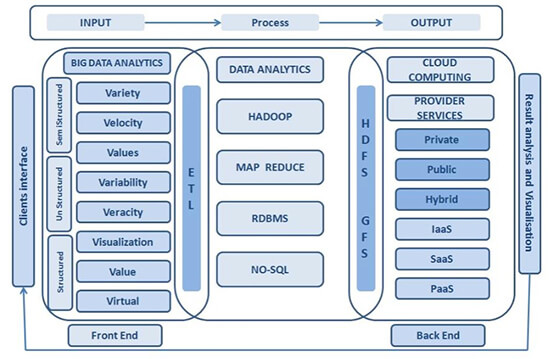
The Cloud infrastructure firm can easily store, real-time processing, and Big Data analysis at scale and quickly, making Big Data and Cloud Data a symbiotic relationship. With the massive amount of data being generated, cloud computing is becoming increasingly important for data storage and management. It's not just about the rise of big data; it's also about the rise of data analytics platforms such as Hadoop. The most significant advantage of using Cloud storage for your Big Data is scalability: Cloud storage is pay-as-you-go. Largely, the Cloud analyzes the mechanism that serves, stores, and allows users to efficiently access and analyze Big Data.
Without Cloud Computing, there would be a tremendous amount of untapped potential in Big Data analytics, as current computers are incapable of analyzing such large amounts of data efficiently, if at all. At the same time, Big Data contributes to the growth of Cloud Computing because there would be far less demand for Cloud-based solutions if Big Data didn't exist.
As a result, a new service model known as Analytics as a Service has emerged (AaaS). This will allow users to integrate various types of structured, semi-structured, and unstructured data, analyze it, transform it, and visualize it in real time in a faster and more scalable manner.
Because the cloud environment is expandable, it can provide an appropriate data management platform regardless of data volume.
Many user terminals and service providers are common in a cloud computing environment. The user gathers information using big data tools from the collection terminals. The service provider, on the other hand, saves, stores, and practices big data.
When dealing with confidential company data, identity management and access control are two major concerns. This security requirement can be met using cloud computing.
Cloud computing enables data transfer at high speeds over the internet. As a result, big data processing becomes faster.
2 IoT and Big data:
The Internet of Things (IoT) is a global network of devices that collect and share data from a variety of industries and sectors. Big Data, on the other hand, provides managerial and perceptive capabilities for huge amounts of data across a variety of platforms and systems. However, because Big Data and the Internet of Things are interconnected, the two technologies work together as a team and are expected to follow a similar path in the future.
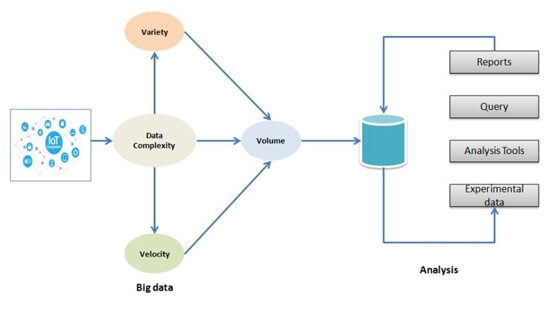
The Internet of Things (IoT) provides a chance to streamline operations in a variety of industries by enabling machine-to-human (M2H) and device-to-machine (D2M) interaction (M2M). It has a lot of room for improvement right now. Sensor-generated data is typically fed into a big data system for analysis, and final reports are generated from it. As a result, this is the primary point of contact between the two technologies.
The convergence of the Internet of Things and big data has resulted in new IT challenges in terms of security.
Integration
data storage
analytics
These have, even so, created far more chances than challenges. In the next ten years, IoT predicts a $19 trillion market for the internet industry, indicating a need for more research and innovation in both the IoT and big data domains.
3 IoT and Cloud Computing:
IoT and Cloud Computing are complementary technologies that are frequently discussed together when discussing technical services and collaborating to provide a better IoT service. However, there are significant differences between them that make each of them a viable technical solution on its own and in combination.
The internet of things has given rise to a new Internet network concept. This allows for communication between a variety of objects, including
Devices that are smart
Mobile phones
Sensors, among other things.
Cloud computing in IoT is often used to store IoT data and is used as part of a collaboration. A cloud is a centralized server with computer resources which can be accessed at any time. Cloud Computing is a convenient way to transport large data packages generated by the Internet of Things. Big Data can assist in this process as well. IoT and When combined with cloud computing, systems can be automated at a low cost while maintaining real-time data and control surveillance.
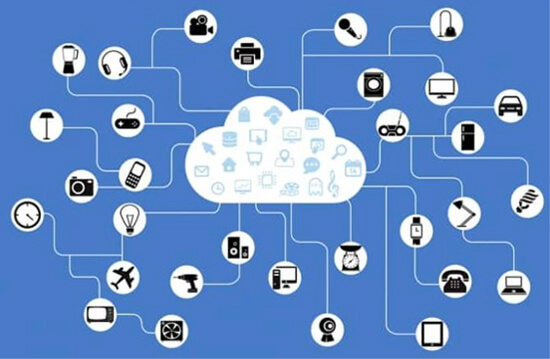
The Internet of Things architecture enables effective communication between all architectural elements. The elements may include
Objects
Gates
Network infrastructure
Network infrastructure
It is, in the end, a connection between IoT, Big Data, and Cloud Computing.
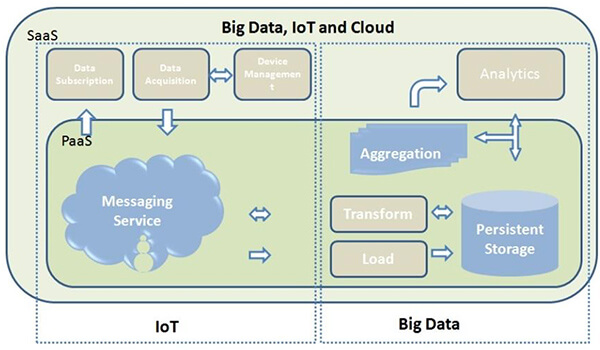
The interdependency between the three possibilities of exclusive technologies can be seen in the above descriptions. Here, cloud computing serves as a common workspace for IoT and big data, with IoT serving as the data source and big data serving as the data analytic platform.
Over the next five years, more than 90% of IoT data would be hosted on the Cloud platform, according to some surveys. The for this is-
A massive amount of IoT data will be generated, which will be fed into big data systems.
One of the criteria for maximizing the benefits of IoT is to reduce the complexity of data blending.
As a result, we see a clear need to embrace cloud-based systems for both IoT and Big Data for the two things listed above. This shifts the focus from a product focus to information-based actual result orientation.
Final thoughts:
The main benefit of combining Cloud Computing, IoT, and Big Data is that it offers businesses a scalable, dependable, and agile solution. The interconnectedness of IoT, Big Data, and Cloud Computing is a synergism that provides actionable insights through analysis and performance reports for your business. To summarise, the Internet of Things, big data, and cloud computing have all come together to usher in a new era of decision support. In addition, the convergence of IoT, big data, and cloud computing has the potential to open up new opportunities and applications across all industries. Specialists currently working on the different technologies will have excellent career opportunities as a result of this.
You could indeed actually accomplish the most efficient interaction, connection, and data transmission between devices when you combine Big Data, IoT, and the Cloud. Cloud computing is, in essence, a facilitator. It offers a platform for IoT and Big Data hosting, as well as process and data analytics.
Author Bio
Meravath Raju is a Digital Marketer, and a passionate writer, who is working with MindMajix, a top global online training provider. He also holds in-depth knowledge of IT and demanding technologies such as Business Intelligence, Salesforce, Cybersecurity, Software Testing, QA, Data analytics, Project Management and ERP tools, etc.


Share:

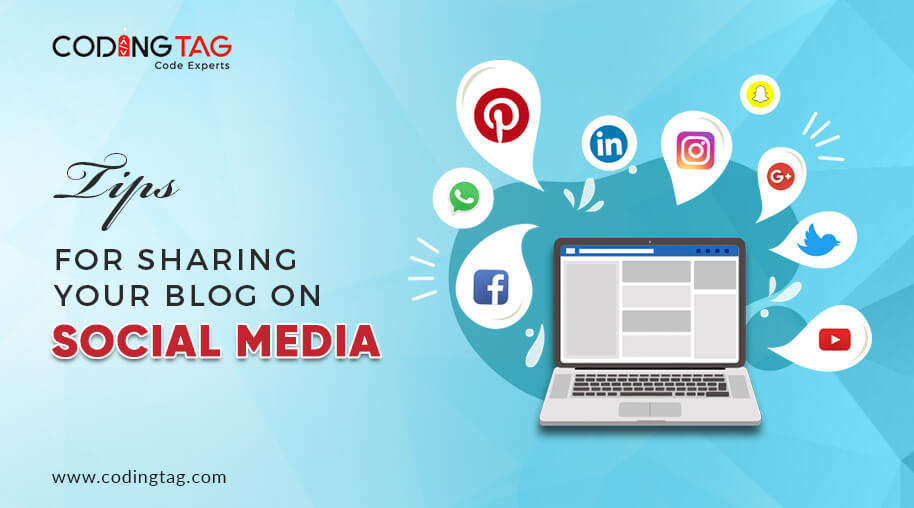


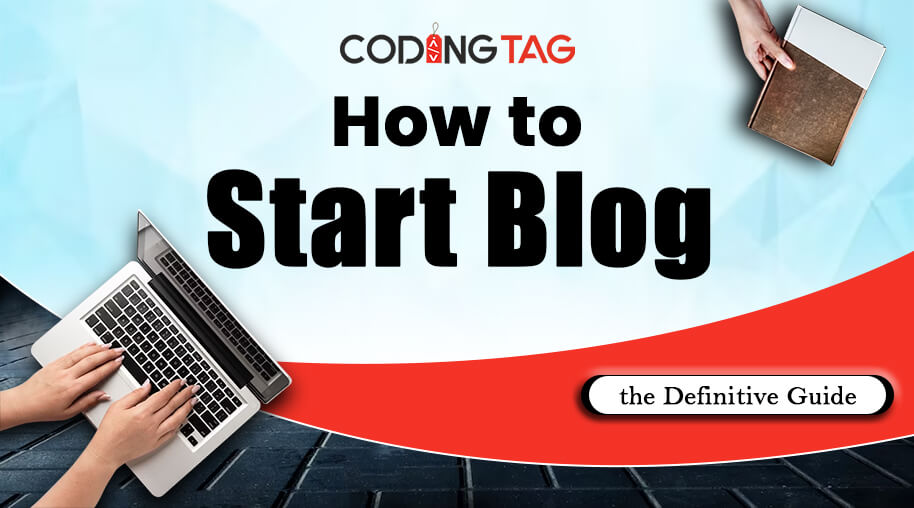




john May 13, 2023
it is very nice blog.
Admin May 13, 2023
Thanks John you liked the content.